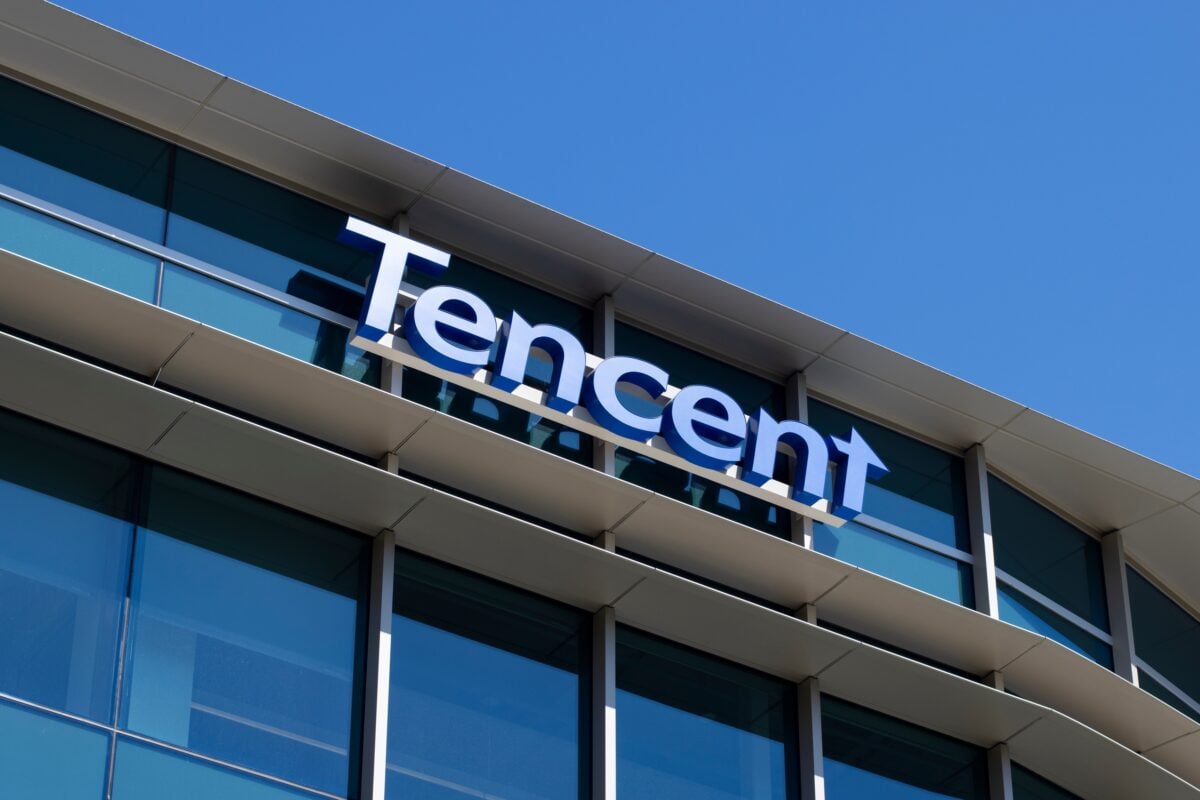TLDRs;
- Tencent released Hunyuan MT, an open-source AI translation model series that challenges Google Translate and other global systems.
- The lineup includes four models, with two flagship versions carrying 7 billion parameters for high-performance translation tasks.
- Using reinforcement learning and ensemble techniques, Hunyuan MT achieves superior translation quality and domain-specific accuracy.
- In benchmark tests, Tencent’s models outperformed Google Translate, GPT-4.1, and Claude 4 Sonnet in most language pairs.
Tencent Holdings Limited has taken a bold step into the competitive field of artificial intelligence translation by releasing its new Hunyuan MT series, a lineup of open-source models optimized for language conversion tasks.
The launch, announced in Beijing on September 12, marks a direct challenge to long-standing players like Google Translate, with Tencent claiming the models surpass rivals across key translation benchmarks.
The Hunyuan MT family includes four models, each fine-tuned for multilingual translation. The core offerings are Hunyuan MT-7B and Hunyuan MT-Chimera-7B, both equipped with 7 billion parameters. These are complemented by two compressed, or quantized, variants designed to save memory and improve efficiency in resource-constrained environments.
Tencent emphasized that the goal of releasing the models as open source is to give developers, researchers, and enterprises wider access to cutting-edge AI translation systems. The company also highlighted that these models were trained not only to translate but to understand context and domain-specific terminology, a long-standing challenge for machine translation systems.
Training and reinforcement learning
To prepare Hunyuan MT for real-world translation tasks, Tencent trained the models on four large datasets. Two of them contained multilingual text snippets across 33 languages without direct translations, while the other two were built from paired text-and-translation records.
We're thrilled to launch our new Hunyuan3D 3.0! It features 3x higher precision, 1536³ geometric resolution, and 3.6B voxel ultra-HD modeling for stunning detail.🔥🔥🔥
🌟Highlights:
✅Creates faces with lifelike facial contours and natural poses, creating truly realistic,… pic.twitter.com/AgOWLOjrup— Hunyuan (@TencentHunyuan) September 16, 2025
This combination allowed the models to learn both the nuances of language structure and the mechanics of translation.
After the initial training phase, Tencent used reinforcement learning to further sharpen the system. The models were given translation tasks, received feedback on their accuracy, and adjusted their outputs through iterative learning. A custom scoring system evaluated translations based on semantic accuracy, fluency, and the ability to handle specialized vocabulary.
Chimera and ensemble learning
Among the most notable innovations in the lineup is the Hunyuan MT-Chimera-7B, which leverages ensemble learning.
Unlike traditional language models that rely on a single neural network to generate a response, ensemble learning uses multiple networks to produce different answers and then merges them into a single, higher-quality translation.
Tencent said this approach allows the Chimera model to maintain superior performance across languages with complex grammar or specialized usage. This technique resembles, but improves upon, existing Mixture of Experts architectures by ensuring multiple perspectives are fused into one polished output.
Outperforming Google and beyond
Tencent tested the Hunyuan MT models on WMT25, one of the most recognized translation benchmarks. The results were striking.Hunyuan MT outperformed Google Translate in 30 out of 31 language pairs evaluated, in some cases by margins of up to 65% higher scores.
The models also proved more effective than other high-profile AI systems. According to Tencent, Hunyuan MT outperformed OpenAI’s GPT-4.1 and Anthropic’s Claude 4 Sonnet across most comparisons, signaling that specialized translation models may have an edge over more generalized AI assistants when it comes to language-specific tasks.
That said, the release of Hunyuan MT is part of Tencent’s broader AI strategy and underscores China’s determination to compete at the forefront of global AI innovation. By open-sourcing the models, Tencent is positioning itself as a leader in research collaboration while simultaneously showcasing its technological capabilities.






